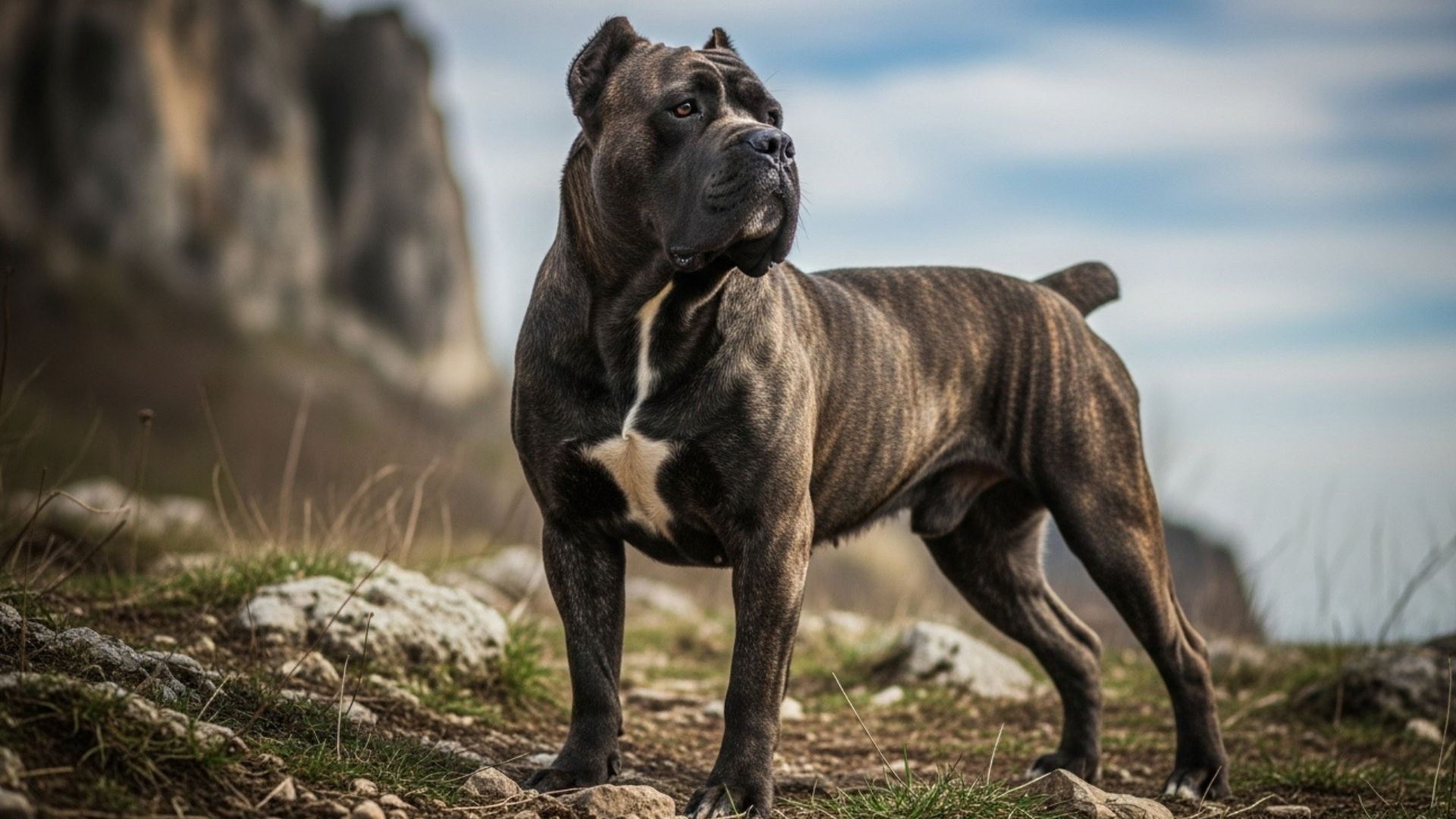For dog lovers seeking a companion that exudes strength, resilience, and unwavering loyalty, certain breeds stand out as the toughest in the canine world. These rare dog breeds have been bred for tasks requiring immense courage and endurance. Whether protecting livestock or guarding families, these guard dogs embody the spirit of survival.
Some of these dog breeds are renowned for their remarkable physical power, while others possess unmatched intelligence and instinctual abilities. Many of them are rarely seen outside their native regions, making them a true find for dedicated dog enthusiasts.
Owning one of these tough dog breeds requires a unique commitment, as they demand proper training, space, and an experienced handler. For those ready to face the challenge, these unique breeds offer a bond unlike many other breeds.
Rare Toughest Dog Breeds For Those Who Dare
For those who dare, these rare and tough dog breeds offer unmatched strength, loyalty, and resilience.
1. Perro de Presa Canario
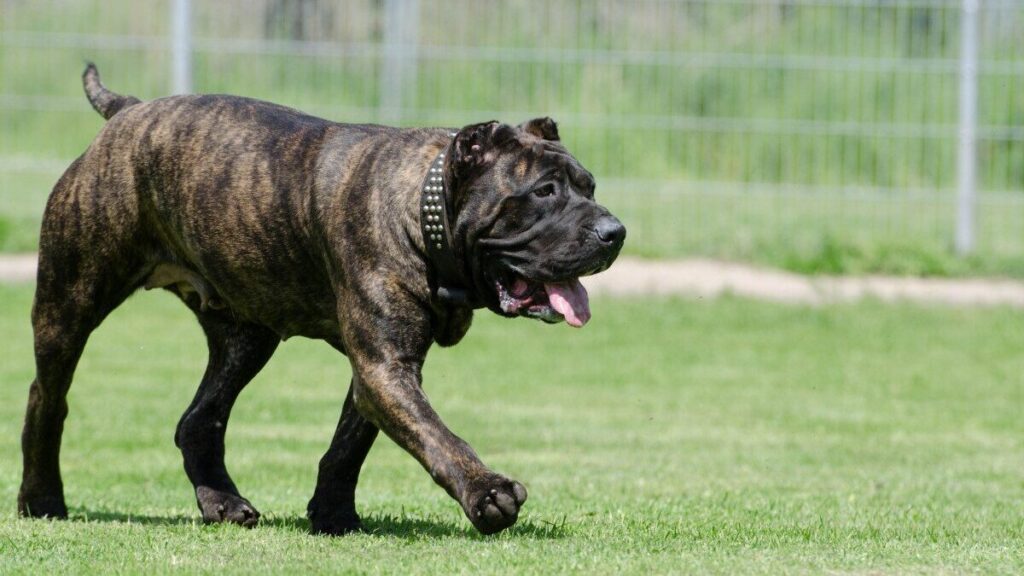
A History of Strength and Vigilance
The Presa Canario, also known as the Perro de Presa Canario, hails from the Canary Islands, specifically Tenerife and Gran Canaria.
Historically bred as a working dog for herding cattle and as a livestock guardian, their intimidating presence and immense strength made them invaluable to farmers and ranchers, as per the AKC.
Training Challenges for the Presa Canario
Though they are known for their calm demeanor, Presa Canarios require early socialization and consistent training.
With proper guidance, they become obedient and deeply devoted to their family, though their independent nature means they thrive best under the direction of an experienced pet parents.
Key Traits:
Rarely seen outside their native Canary Islands
Muscular and robust build, perfect for protection and herding
Calm and attentive appearance with a vigilant stance
Highly protective yet affectionate toward their family
Ideal for experienced pet parents due to their strong, independent nature
2. Hovawart
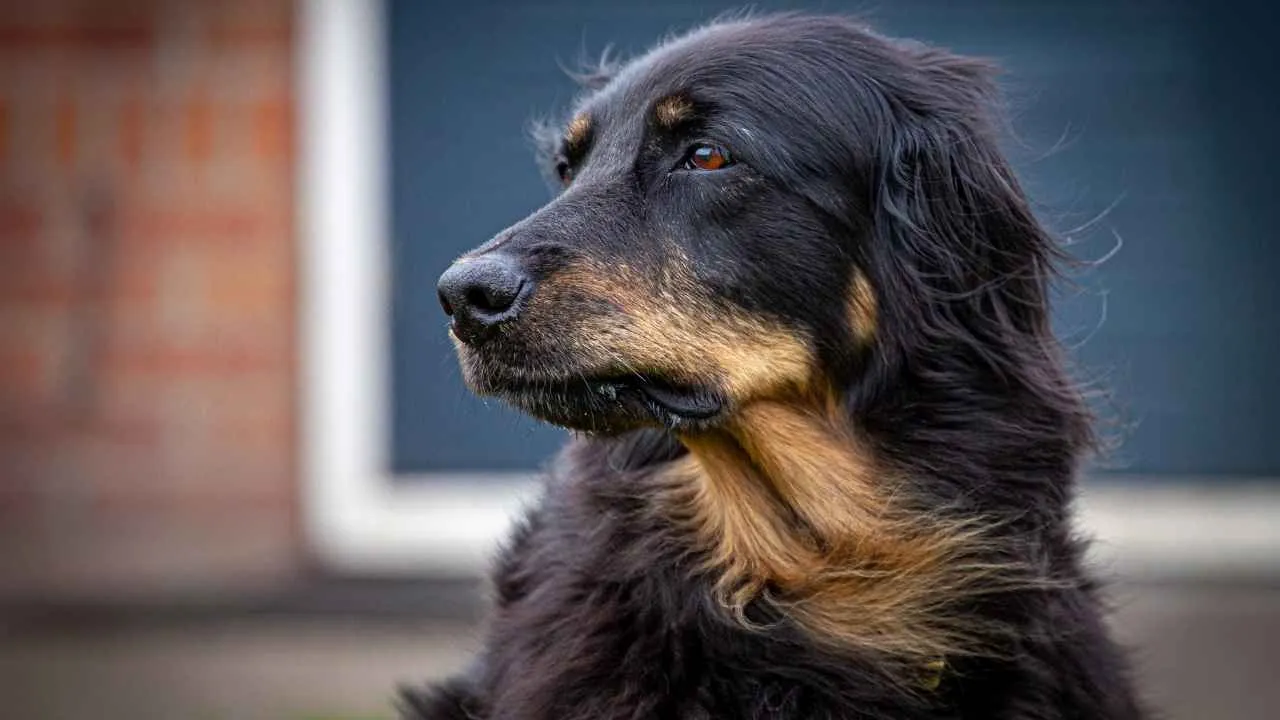
A Storied History of Protection and Loyalty
The Hovawart, originating in Germany, is a breed with deep roots in guarding livestock, estates, and even castles.
Dating back to as early as 1220, these dogs were bred for their watchful and protective demeanor, as per Purina. Their name, derived from the German words “hof” (farm) and “wart” (to guard), reflects their purpose as guard dogs of property and family.
Training the Strong-Willed Hovawart
Hovawarts are intelligent and versatile, but training them requires patience and consistency. As puppies, they can be playful and a bit mischievous, often testing boundaries.
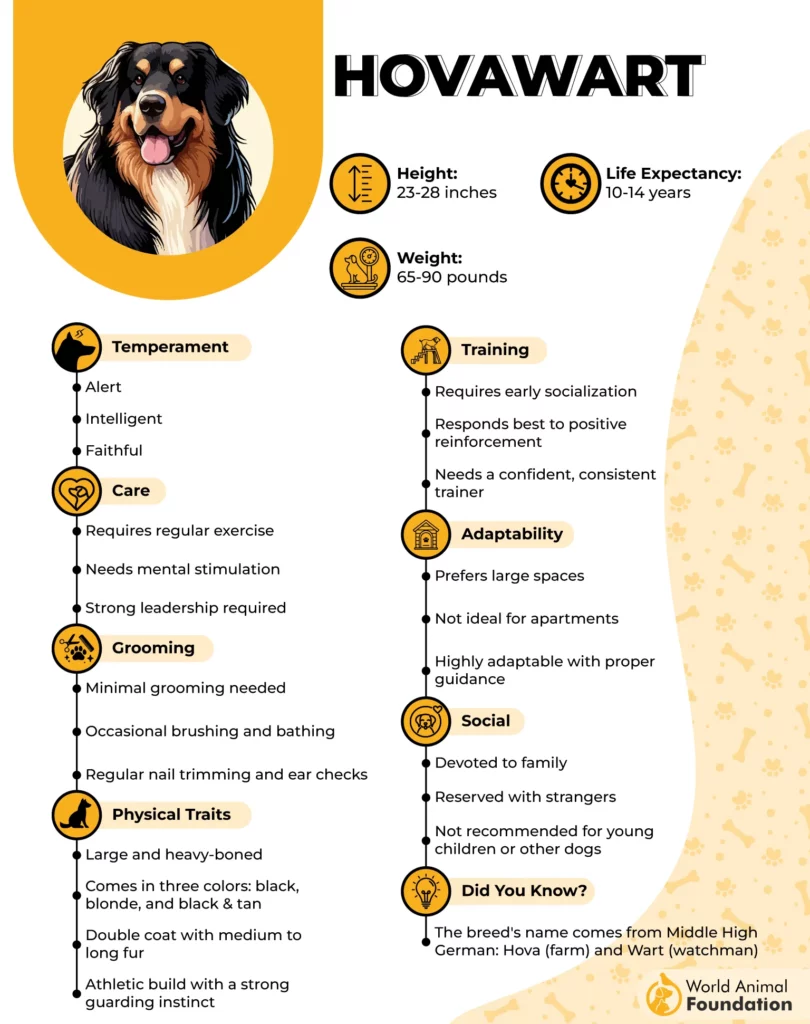
Once mature, they excel in obedience and various dog sports, thriving in environments where they are mentally and physically engaged. Positive reinforcement and a firm yet gentle hand are key to unlocking their full potential.
Key Traits:
Rarely seen outside their native Germany
Strong, protective instincts make them excellent guardians
Loyal and devoted to their family
Versatile, excelling in sports like tracking and obedience
Their thick, weather-resistant coat adds to their rugged build
3. Norwegian Buhund
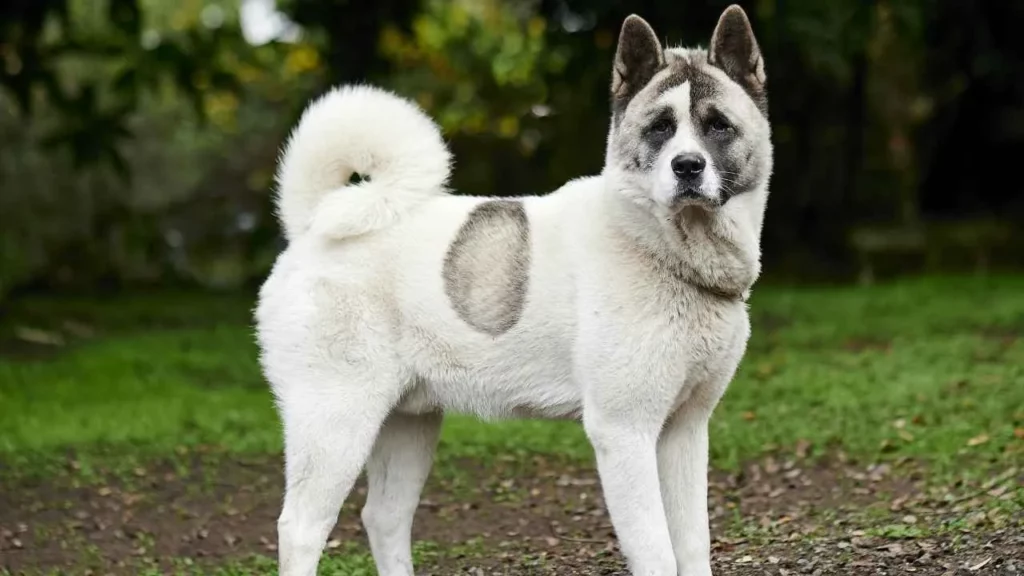
A Heritage of Herding and Protection
The Norwegian Buhund is a spitz-type dog with a rich history dating back to the Vikings. Originally bred to herd sheep along Norway’s coastal regions, they are strong, intelligent, and adaptable to cold climates. Their name combines “bu” for farm and “hund” for dog, reflecting their role as farm guardians and workers.
Training a Norwegian Buhund: Smart and Eager
Norwegian Buhunds are quick learners with a strong desire to please, making them relatively easy to train. Early obedience training is crucial in preventing excessive barking and promoting good behavior around children.

With their energetic nature, they thrive in activities like agility or herding, and they excel when given tasks that engage both their mind and body.
Key Traits:
Rare outside Norway, primarily working on farms
Dense coat and compact build for cold weather
Highly intelligent and eager to learn
Excellent family dogs, affectionate and loyal
Thrive in activities like agility and herding
4. Fila Brasileiro
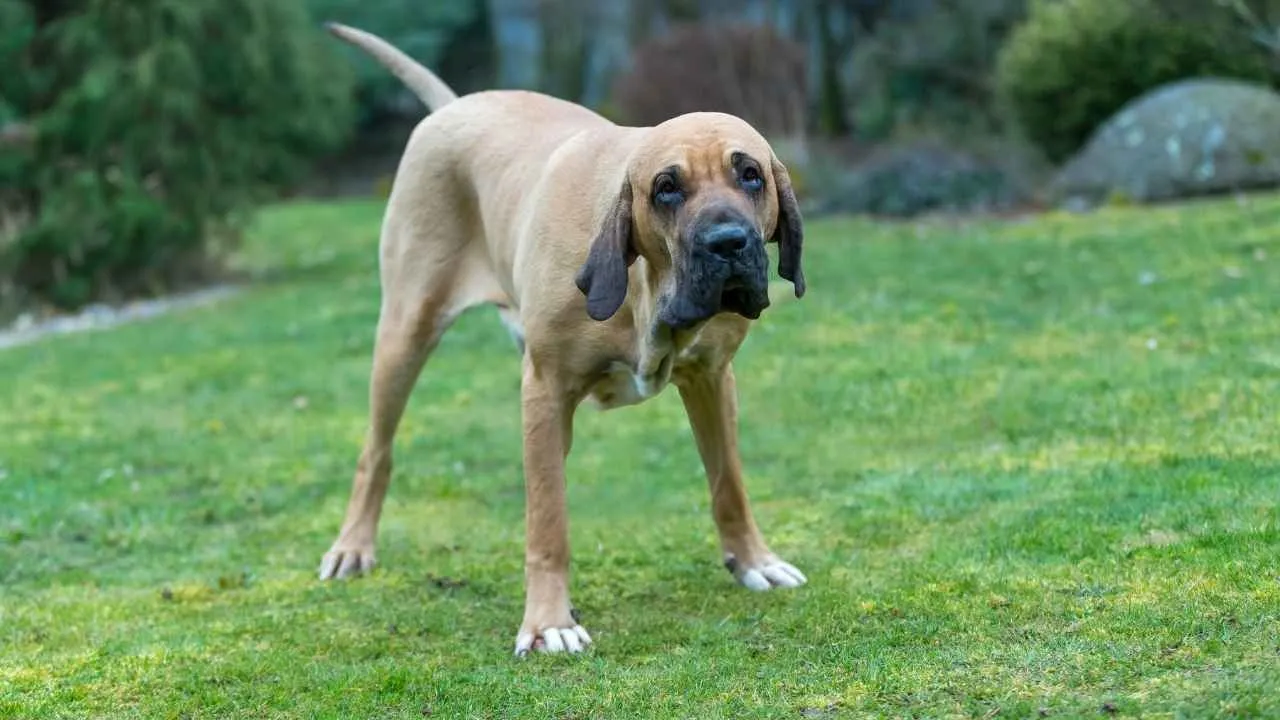
Brazil’s Fearless Guardian
The Fila Brasileiro, often called the Brazilian Mastiff, has a powerful legacy as one of South America’s most devoted guard dogs. Originating in Brazil during the colonial era, this breed was developed by blending Mastiffs, Bloodhounds, and Bulldogs to create a dog capable of tracking, herding, and protecting.
Traditionally used on large plantations to guard livestock and hunt escaped cattle or jaguars, the Fila became famous for its unmatched loyalty and courage — traits deeply valued by Brazilian ranchers and farmers.
Training the Loyal and Territorial Fila
Training a Fila Brasileiro demands both confidence and consistency. Known for its “ojeriza” — a natural distrust of strangers — this breed forms a deep bond with its owner but remains highly territorial. Early socialization and firm, positive reinforcement are essential to manage its strong protective instincts.
Key Traits:
Originated in Brazil as a versatile working and guard dog
Known for its “ojeriza” — a natural wariness toward strangers
Incredibly loyal, protective, and affectionate with its family
Large, muscular dog, and agile with exceptional endurance
Requires early socialization and confident, experienced handling
5. Tornjak
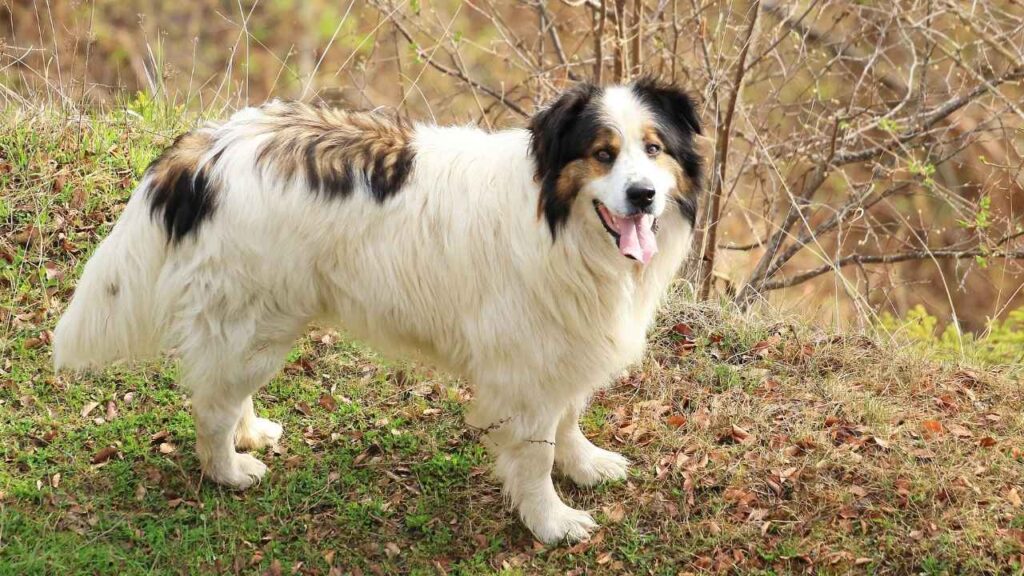
A Rich Legacy of Protection
The Tornjak, also known as the Bosnian-Herzegovinian and Croatian Shepherd Dog, has a storied history as a protector of flocks and families in the mountainous regions of Bosnia and Croatia.
Closely related to the Tibetan Mastiff, Tornjaks were bred to guard both livestock and homesteads, and they still carry these protective instincts today.
Training the Tornjak: Intelligent and Loyal
Though protective and alert, Tornjaks are generally calm and friendly, making them relatively easy to train for an experienced owner. Early training, using positive reinforcement, helps prevent unnecessary aggression, especially toward strangers.
Key Traits:
An extremely rare dog breed, primarily found in Bosnia and Croatia
Protective of family and property, with a keen sense of duty
Well-proportioned with a thick double coat and feathery plume tail
Very intelligent and trainable with consistent, positive reinforcement
Strong bond with family, making them highly loyal and devoted
6. Caucasian Shepherd Dog
A Rich History of Protection
The Caucasian Shepherd, also known as the Caucasian Ovcharka, originates from the Caucasus Mountains in Eastern Europe and Asia, where they were bred to protect livestock and properties from predators, as per PetMD.
Known for their immense size and powerful presence, these dogs have long been revered for their guarding abilities.
Training the Independent Caucasian Shepherd
Caucasian Shepherds are intelligent but also incredibly independent and strong-willed, making training a challenge for first-time dog owners.
Using positive reinforcement and consistent commands is key to shaping their behavior. Due to their strong protective instincts, they can become aggressive without proper guidance, so working with professional trainers is often recommended.
Key Traits:
Rare and primarily found in Eastern Europe and the Caucasus Mountains
Massive, muscular build with a thick, medium-length coat
Fiercely loyal and protective of family and property
Strong-willed and independent, requiring an experienced owner
Excellent guardians, but require consistent training and socialization
7. Tosa Inu
A History of Strength and Protection
The Tosa Inu, also known as the Tosa Ken or Japanese Mastiff, hails from the Tosa province on the island of Shikoku, Japan.
Developed in the late 19th century by crossing native Japanese dogs with Western breeds like the Mastiff, St. Bernard, Great Dane, and Bull Terrier, the Tosa was originally bred for dog fighting.
Training the Powerful Tosa Inu
Though Tosa Inus are intelligent, their strong-willed and dominant personalities require firm and consistent training.
Early socialization and obedience training are crucial to help them develop good behavior, especially with other dogs and strangers. Positive reinforcement methods, such as praise and treats, work best for this breed, while harsh training can lead to resistance.
Key Traits:
Rare and large, with a calm yet strong-willed temperament
Developed for dog fighting, but now bred for companionship and guarding
Aloof with strangers but affectionate and loyal to family
Requires early training, socialization, and an experienced owner
Excellent watchdog, alert to anything out of the ordinary
Final Words
Certain dangerous dog breeds are renowned for their powerful bite, muscular build, and protective nature, making them excellent guard dogs. Originally bred to guard livestock or hunt small game, these working dogs require proper training and socialization from a young age to ensure they become loyal companions.
For pet parents, especially those who are experienced, providing consistent training and mental stimulation is essential to ensure these powerful dogs maintain their calm demeanor and loyalty. Many of these breeds, with their thick coats and sturdy build, require regular exercise and socialization to avoid aggression toward other dogs or small animals.
Ultimately, with proper socialization and consistent training, most dogs, regardless of their strength or protective nature, can be loyal companions. By understanding their instincts and needs, pet parents can help these powerful dogs live harmoniously with children, other dogs, and even other animals, making them a devoted and loving part of the family.


